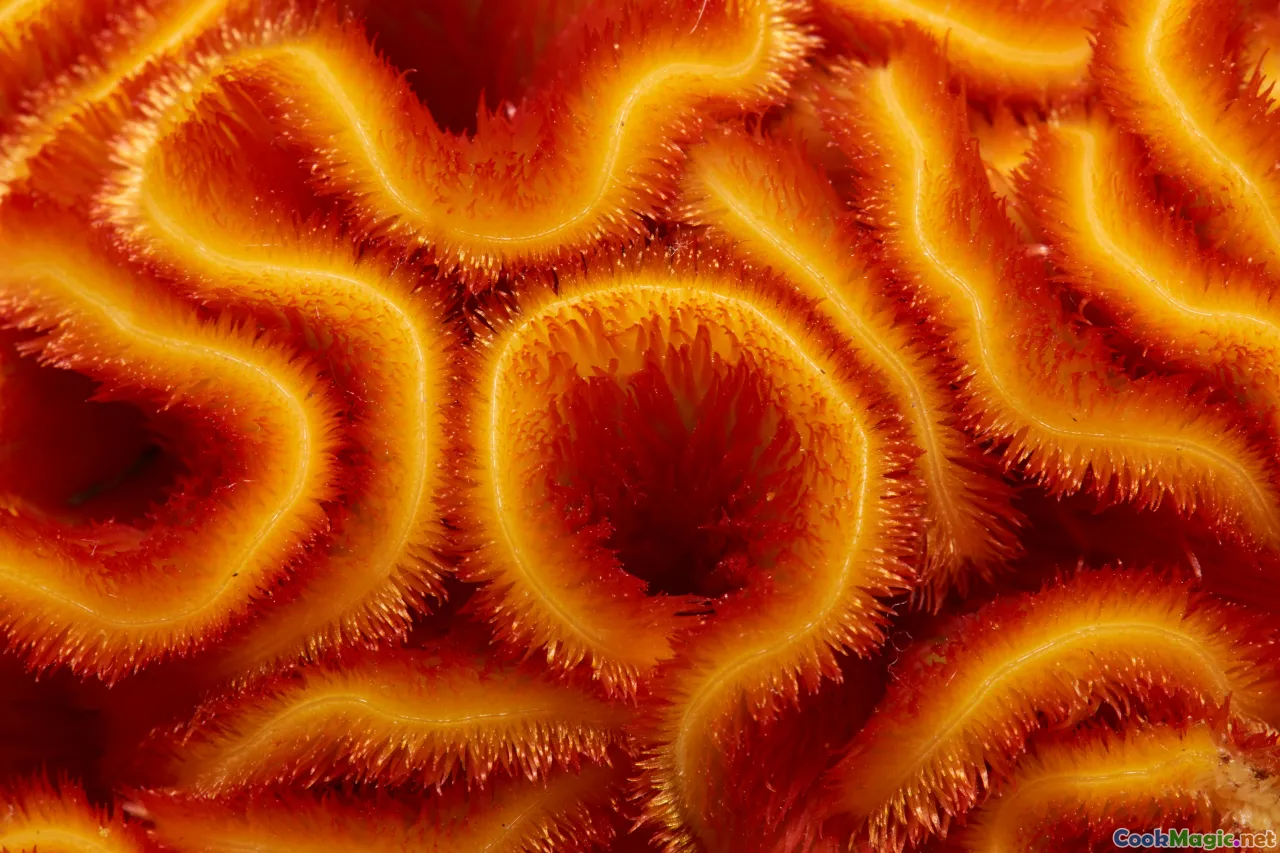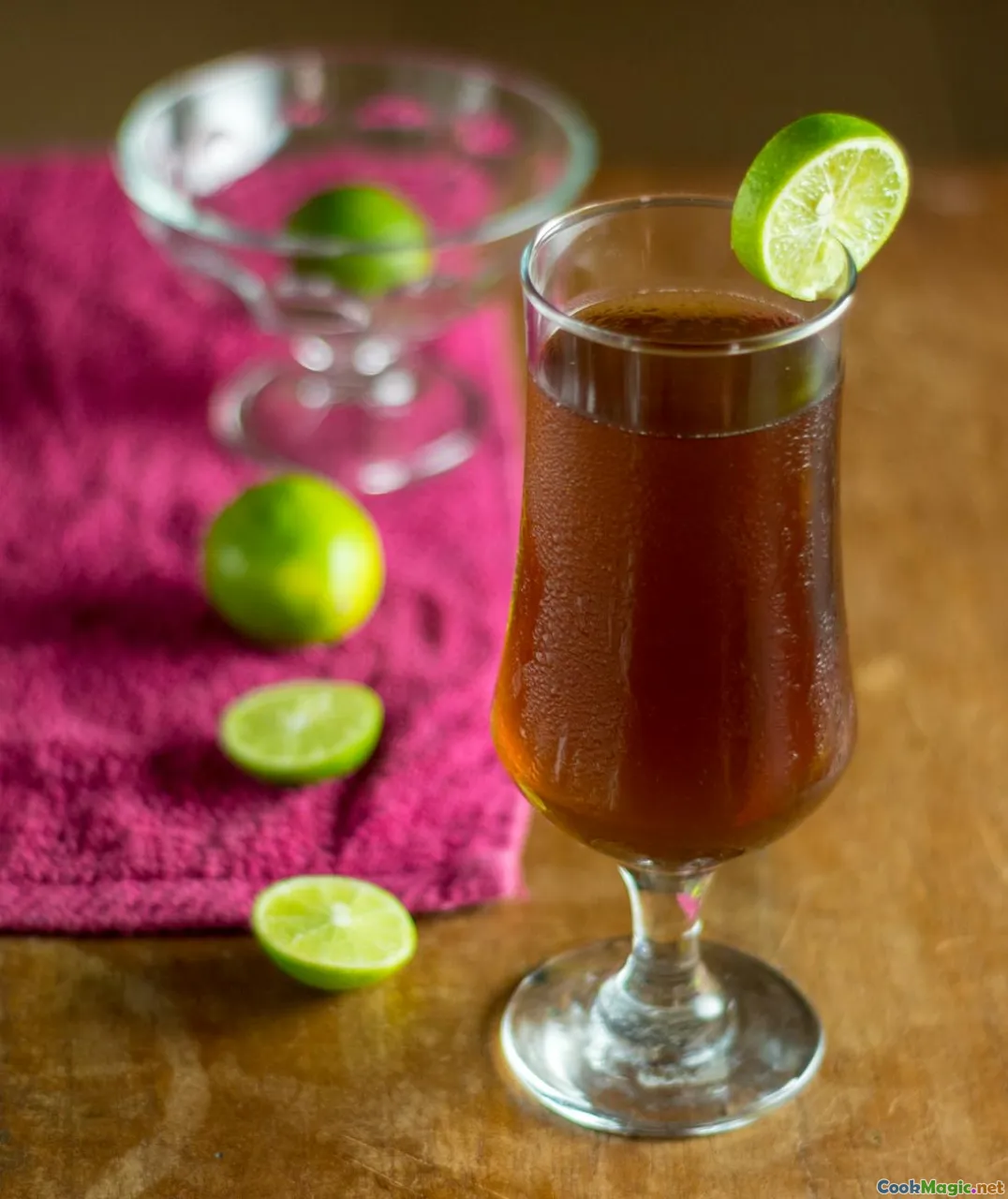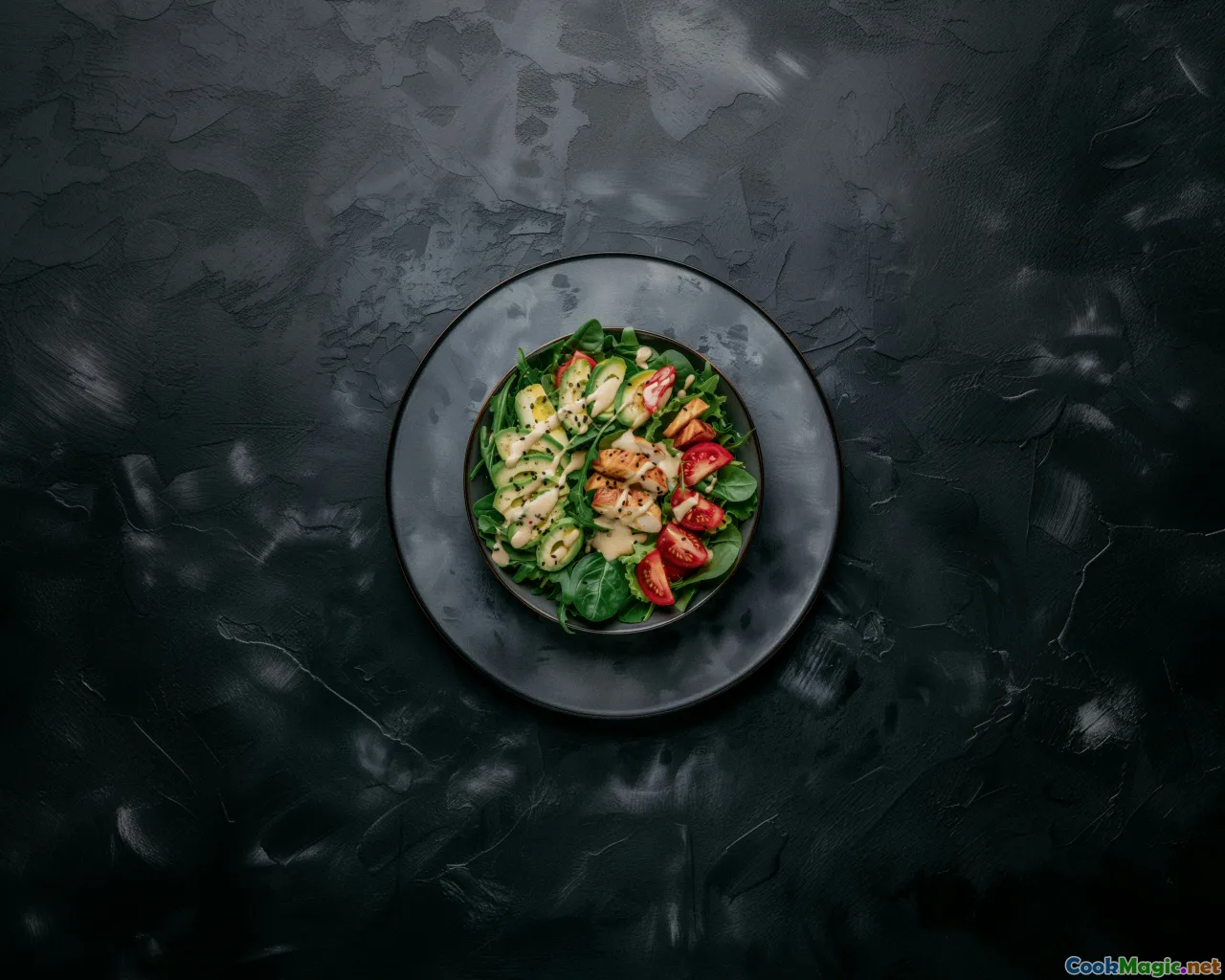Textures and Tastes of Fusion Cuisine
11 min read Explore the diverse textures and vibrant tastes that define European fusion cuisine, blending culinary traditions for exciting sensory experiences. June 20, 2025 12:05
Textures and Tastes of Fusion Cuisine: A Deep Dive into European Fusion
The culinary world is a tapestry of stories, cultures, and histories woven together through ingredients, techniques, and shared passions. Among the most exhilarating expressions of this tapestry is fusion cuisine, particularly when it marries the refined elegance of European culinary traditions with the bold, vibrant flavors of other continents. European fusion isn't merely about blending ingredients; it's an artful dance of textures, tastes, and visual narratives that evoke emotion and deepen cultural appreciation.
Imagine walking through a bustling Parisian bistro that reinvents classic French escargots with basil-infused herb butter inspired by Mediterranean garden plots, or relishing a Japanese-inspired risotto softly textured with smoked paprika—each bite telling a story of cultural evolution. European fusion is both a culinary adventure and a journey into the soul of globalization, where traditional techniques meet innovative sensibilities.
In this article, we will explore the many layers of textures and tastes that define European fusion cuisine, sharing insights, specific dishes, and the personal stories behind some of the most compelling combinations.
The Charm of Hybrid Textures: Crafting Elegance and Surprise

The essence of fusion cuisine lies in its ability to surprise the palate through contrasting and complementary textures. In European fusion, this often manifests in playful combinations—crisp, airy, silky, gooey—in ways that challenge the eater’s expectations.
For example, take a dish such as Korean-inspired duck confit spring rolls. The external crunch of rice paper envelops tender, slow-cooked duck, infused with herbs like thyme—an homage to classic French techniques. The spring roll's crunchy shell contrasts with the succulent, tender duck meat, creating a multi-layered sensory experience. The texture harmony hinges on the precision of wrapping and frying techniques, blending the lightness of Asian appetizers with rich French slow-cooked flavors.
In another instance, a Mediterranean-inspired ravioli filled with roasted eggplant and feta—delicately tender pasta with a slightly chewy bite—serves as a vessel for a smoky, creamy filling. When gently drizzled with espresso reduction, the inoographic contrast between the moist interior and the subtly chewy dough excites the senses.
Textural Tips for Fusion Success
- Layer contrasting textures to add depth—think crispy, creamy, chewy, tender.
- Use ingredients with natural textural qualities from different cultures—such as crispy chickpea crumbles with soft hummus.
- Balance the mouthfeel—a dish shouldn't be overwhelmed by one dominant texture.
Symphonies of Tastes: Balancing Flavors Across Continents

European cuisines are celebrated for their sophisticated flavor profiles—rich but balanced, savory but with hints of acidity or sweetness. Fusion amplifies this by integrating flavors that are traditionally outside that scope, resulting in a delightful balance that appeals to a global palate.
One remarkable example is the pairing of Swedish gravlax with wasabi-miso glaze. The salt-cured salmon’s delicate, buttery flavor melds seamlessly with the umami from miso and the fiery kick of wasabi—elements that reflect Japanese influence. The dish balances the richness of the fish against the sharp, spicy glaze, creating a harmonic contrast often found in East Asian-European hybrid flavors.
Similarly, a dish like chicken paprikash with saffron-infused polenta introduces Hungarian warmth with Italian and Spanish notes. The smokiness of paprika pairs beautifully with the subtle earthiness and floral aroma of saffron, harmonized with creamy, velvety polenta—a staple of Northern Italy—creating a symphony of taste.
Tips for Balancing Flavors
- Identify core flavor profiles and find complementary or contrasting elements.
- Use techniques like balancing acidity (lemon juice, vinegar) to tame richness.
- Experiment with spices and herbs to elicit unexpected but harmonious notes.
Visual Storytelling Through Fusion: Plating and Presentation

A key aspect of European fusion cuisine lies in meticulous presentation that captures the eye and hints at the cross-cultural tapestry within each plate. Plating becomes an extension of the dish’s concept—visual storytelling that accentuates textures and flavors.
For example, a Spiced Moroccan lamb stew served in a minimalist Scandinavian bowl topped with a scatter of microgreens and edible flowers highlights the blend of hearty, aromatic stew with the sleek elegance of Nordic design. The contrasting warm earth tones of the stew and the cool presentation pipes the cultural dialogue.
Another Mendelssohn-quintet dish could be a French-style quenelle (beef or fish mousse) presented alongside or atop vibrant Asian pickled vegetables, creating a colorful palette that tells a story of cultural integration.
Presentation Tips
- Use color contrasts to represent different cultural influences.
- Play with height and space for visual interest.
- Incorporate traditional serving vessels from different cultures for authenticity.
Cultural Narratives and Personal Insights: More Than Just Food

European fusion is deeply rooted in the narratives of migration, trade, colonization, and personal journeys. As a culinary writer, I’ve often observed that each fusion plate encapsulates a story—an homage or a dialogue between cultures.
For instance, during a visit to a small Basque restaurant in southern France, I noticed the chef's passion for blending Basque chorizo with Italian soffrito—a reflection of centuries of trade routes connecting Spain and Italy. Each bite reveals a history of interaction and adaptation.
Personal favorites include discovering how Scandinavian influences have modernized traditional Mediterranean dishes. I recall sampling a garnished beet tartare with dill—a Nordic twist on Mediterranean flavors, embodying how personal stories of culinary curiosity propel Fusion cuisine forward.
Embracing Cultural Stories in Your Kitchen
- Explore the history behind ingredients and dishes from different regions.
- Incorporate personal experiences or cultural heritage into your innovations.
- Tell the story of your dish—share the inspiration behind your fusion creation.
Practical Tips for Creating European Fusion Masterpieces

So, how can aspiring chefs or home cooks harness the vibrant world of European fusion?
- Start with a core concept: Choose two or more culinary traditions with complementary or contrasting elements.
- Research and respect: Understand the ingredients, techniques, and cultural significance.
- Experiment with flavors and textures: Don’t shy away from bold combinations; use small quantities to balance.
- Balance is key: Aim for harmony rather than overpowering contrasts.
- Presentation matters: Visually showcase the fusion story—think about plate composition, colors, and garnishes.
- Feedback and refinement: Taste test and refine your dishes, considering what excites the palate.
The Future of European Fusion: A Canvas of Endless Possibilities

As the culinary horizons expand with increased globalization and cultural exchange, European fusion promises an ever-evolving canvas. Chefs are now experimenting with plant-based ingredients from Asian vegan markets, incorporating African spices into classic French sauces, or blending Nordic preservation techniques with Mediterranean grilling methods.
This openness to experimentation fosters innovation that is rooted in tradition but unbounded by it. The textures and tastes of European fusion reflect the dynamic, interconnected world we live in—a world where food is more than sustenance; it’s a testimony to shared humanity, curiosity, and creativity.
In savoring these dishes, we don’t just taste ingredients; we taste history, culture, and the endless possibilities that await those daring enough to reimagine tradition.
The journey into European fusion cuisine is a celebration—a both personal and collective exploration of what it means to connect through food. It invites us not just to eat but to experience, to learn, and to share stories—one bold flavor, and one contrasting crunch at a time.









